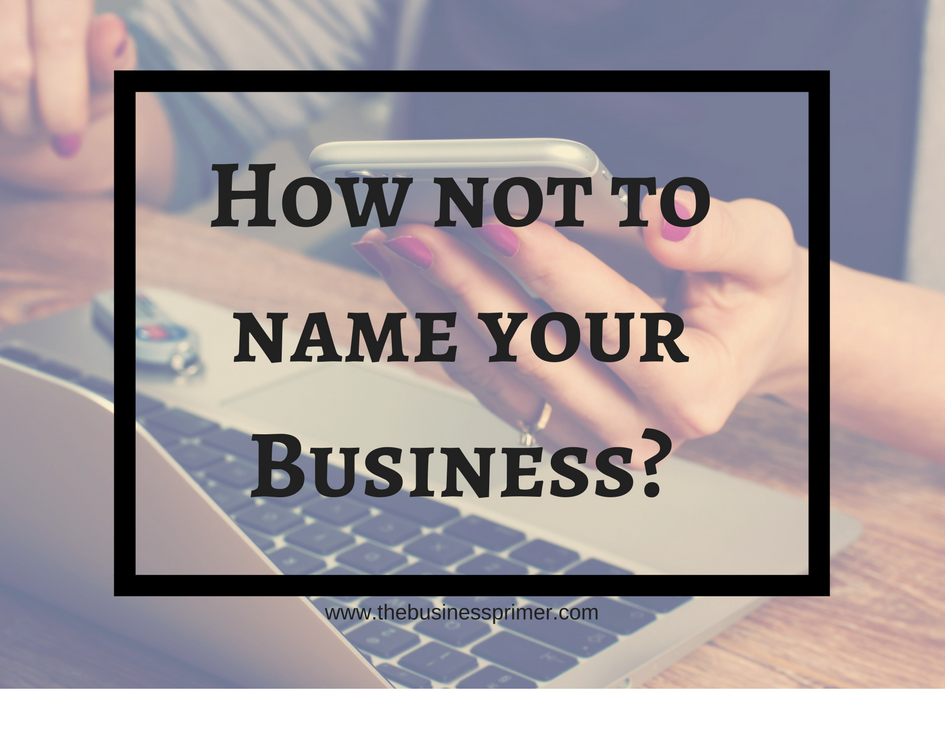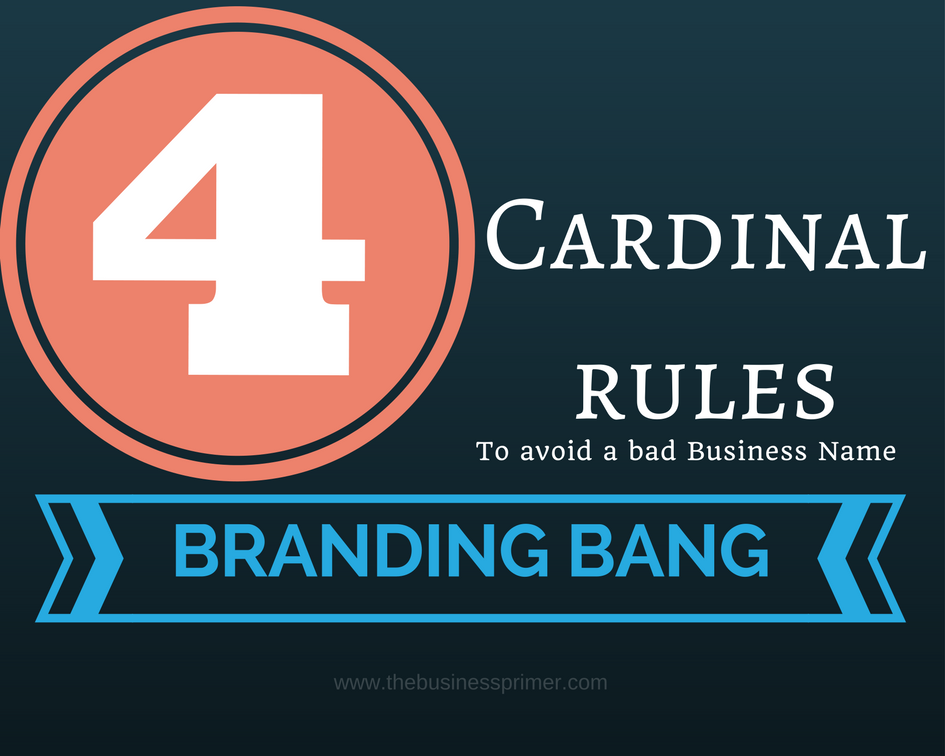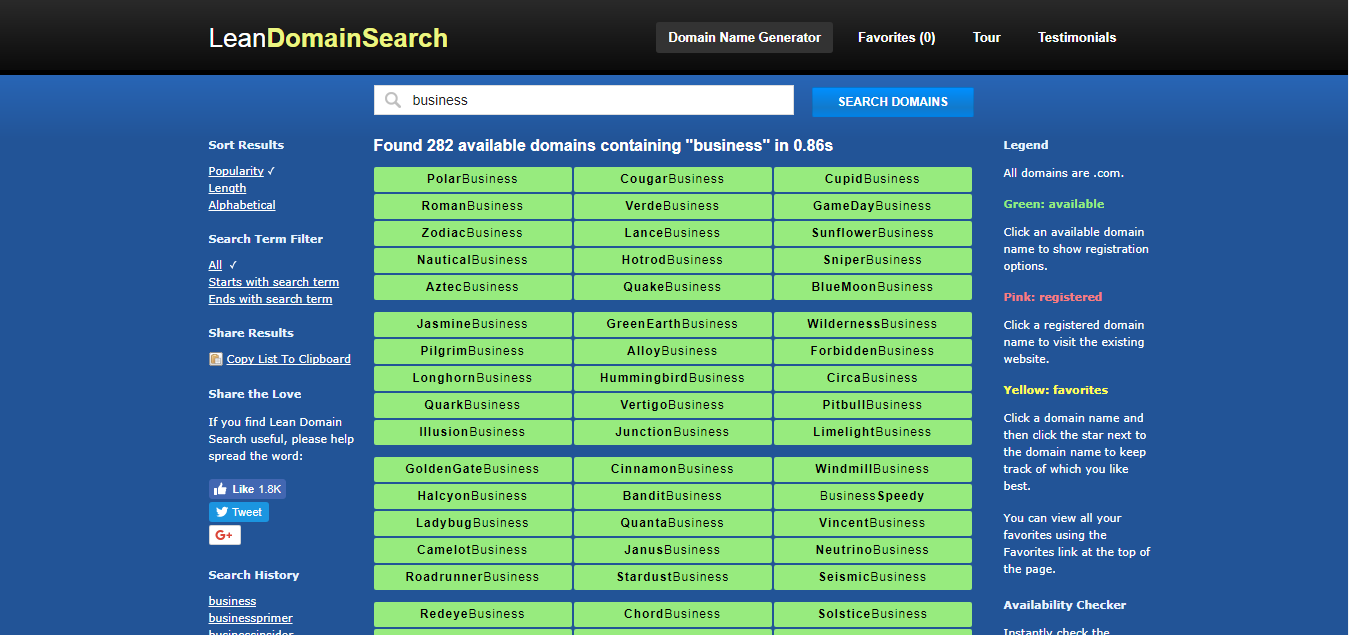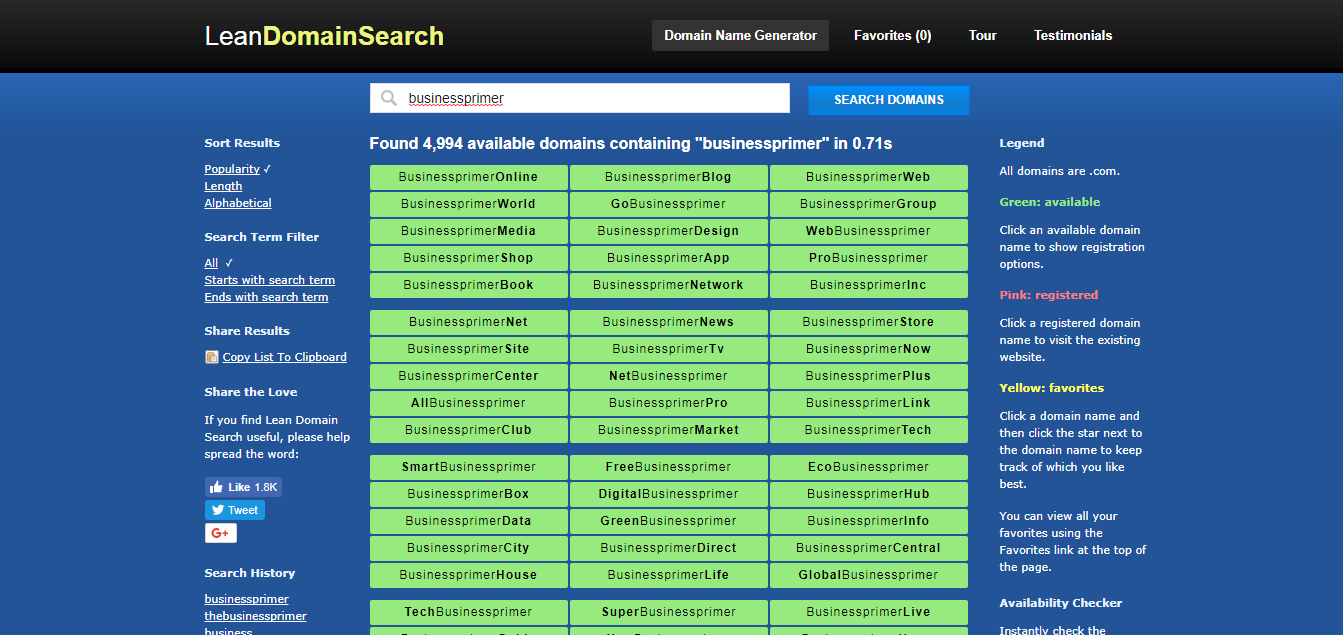If you want to grow your business 10X faster, do what the other 86% of B2B businesses are doing. Get a Business Blog.
The customer isn’t a fool anymore.
She is well informed and will not fall for old-school advertising tactics. Hence, advertising has become extremely competitive.
The customer base is aware of the psychological schemes behind an ad.
They have learned to say NO to urgency based ads because they know offers are recurring. They have adapted to the parity of the persuader making standout copy a rare asset.
A B-Blog helps customers make informed decisions through educative posts. It is a web point that provides informative content in an ocean of chaos. It is a medium to prove your mastery in your industry by providing detailed information.
Blog posts are educational and inspirational. A blog post doesn’t have an immediate sales objective, but it does have a marketing purpose. By sharing your knowledge, experience, and skills, you grow your authority. Once blog readers get to know you, like you, and trust you, it becomes easier to sell to them.
– Henneke Duistermaat
How is a BLOG the solution to growing your business?
The approach is more humane with a blog. A blog serves the purpose of an expert educator. This means it is about how much a reader gains from the valuable information.
By having a blog, you are devising an interface that opens up opportunities for both the parties. It is an opportunity for the customer to learn more. For a business, it is a pass to build trust amongst your customers by providing detailed information. An expert is deemed as the authority and has the power to persuade through higher knowledge.
For example, if you are looking to invest in a Marketing Solution like Hubspot, you land on their site and look for the product listing tab.
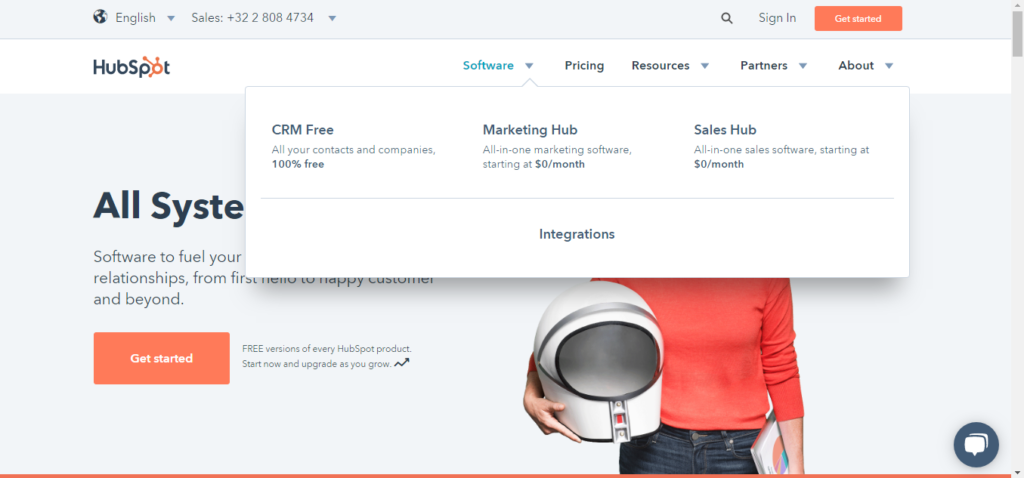
Once you have seen the product and pricing, you DO linger over the website to find out more about the product. What do you do next? You hit the very inviting “Resources” tab.
What does the “Resources” tab tell you?
It throws arrays of options for the potential customer to derive value and access the company’s success stories. All the freebies, trainings, comprehensive courses, eBooks, Blog and everything under the tab is done for a purpose. The purpose is to provide VALUE.
A business can win over the trust of a customer only when there is the provision of value. Employing content strategy to design the website directs the business to bring in more leads. If you read the blog, notice how many links point back to Hubspot’s other content? That is visitor retention.
How do the FREE Resources benefit the business?
The FREE resources are designed to solve a particular set of problems faced by a certain set of audience. This set of an audience is the circle of potential customers to the company. When the company is investing time and effort to solve its audience’s day to day problems, it is building a relationship with the audience. Therefore, Relationship Marketing comes into the picture.
Now, because the company has already established a truly helpful relationship with the audience, the audience is willing to listen. The next step is to capture emails by proposing an enticing freebie offer, through a blog post.
How do the FREE Resources bring in prospects?
Access the blog and see how one blog arrives at a point of conclusion to point at another blog post. This creates the train of information that retains the visitor. At the end of every post, the content leaves the reader wanting for more of such helpful information. The cycle of continuous data consumption is triggered to keep the visitor feel interested. From one blog post to another and up comes the prompt with a “Download eBook” message.
The moment you see a ‘FREE Download’ image, you are willingly offering your email id in a quest to learn more about the subject. You did this because the information offered you value. You would have bounced if the headline promised something and delivered things you don’t want. And, you just became a prospect.
What happens after a prospect becomes a subscriber?
As a general process, a subscriber is scooped into the company’s information exchange community. She now receives tons of relevant information spiking her learning curve. Over a period, now that the company has helped the subscriber with her needs, the subscriber has a higher chance of buying a product from the company. Do you appreciate how the traffic is routed through the blog by providing targeted content?
A business blog acts as a source to display the company’s expertise and project mastery. By delving deep and denting those details, the business establishes authority in that niche. So, if you have a problem pertaining to that niche, you look up to the master and not the minion.
This is not the end. A purposeful blog post makes the reader FEEL more knowledgeable and powerful. By discovering knowledge in the areas of her interest, the reader feels the same relief as she would feel in finding a solution. That is the power of writing. The intrinsic synergy and excitement in the moment, persuade the reader to share the blog content online. This promotes the online visibility of the brand.
Why is online visibility a concern?
If you are reading this, you know that online visibility is important. Today, the spine of any business is its content system. If you do not distribute content, it goes stale. Content distribution or social media sharing brings warm organic traffic. A warm audience brings natural engagement and genuine distribution. This results in boosting traffic leading to some fresh link juice. This is a cycle that keeps generating traffic.
In the digital world, traffic is money. Website traffic coupled with power-packed copy and persuasive blog content is a goldmine for a business online. But, this is no cakewalk. Writing content that pleases the reader, as well as the search engine, needs experience. It involves strategy, planning and conviction.
Do you have a business blog? What are the challenges you are facing with your B-Blog? Comment below or know more about Business Blogging here.

